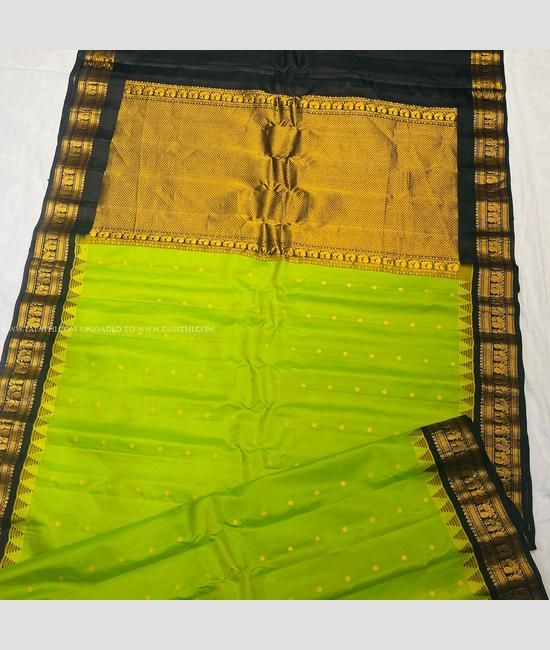When it comes to traditional Indian attire, sarees hold a special place. Among the numerous exquisite varieties of sarees available, Gadwal silk sarees stand out for their rich heritage, impeccable craftsmanship, and timeless elegance. Originating from the town of Gadwal in Telangana, India, these sarees are cherished by women across the country for their unique weave, vibrant colors, and intricate designs. In this article, we explore the allure of Gadwal silk sarees, their history, distinctive features, and the craftsmanship behind their creation.
Historical Significance:
Gadwal silk sarees have a history that dates back several centuries. It is believed that the art of weaving these sarees was introduced to Gadwal during the reign of the Chalukya dynasty. Over time, the craft was passed down through generations, and Gadwal became renowned as a hub of handloom weaving.
Distinctive Features:
Gadwal silk sarees are characterized by their distinctive features, which set them apart from other silk saree varieties:
a. Unique Combination: The hallmark of a Gadwal silk saree is the fusion of cotton and silk. The body of the saree is woven in cotton, known as the "Korvai," while the borders and pallu (the loose end) are crafted in pure silk.
b. Zari Work: Elaborate zari work adorns the silk portions of the saree, adding a touch of opulence and grandeur. Gold and silver threads are intricately woven into the fabric, often depicting traditional motifs, floral patterns, and geometrical designs.
c. Contrast Borders: Gadwal sarees are known for their contrasting borders, which beautifully complement the body of the saree. The borders are often broad and feature intricate designs, enhancing the overall aesthetic appeal.
d. Lightweight and Comfortable: Despite the use of silk and zari, Gadwal silk sarees are lightweight and easy to drape, making them comfortable to wear for long durations.
Craftsmanship and Weaving Technique:
The creation of a Gadwal silk saree involves a meticulous weaving process that demands skill and precision:
a. Cotton Weaving: The cotton threads used for the body of the saree are hand-spun and dyed using natural colors. The cotton fabric is woven on pit looms, which are operated manually by skilled artisans.
b. Silk Weaving: The silk borders and pallu are woven separately and later joined with the cotton body. The silk portions feature intricate designs created through the "Brocade" weaving technique. This involves weaving the zari threads into the fabric, thread by thread, resulting in stunning motifs and patterns.
c. Joining Process: Once the cotton and silk portions are woven separately, they are skillfully interlocked using a meticulous joining process called "Korvai," where the threads are interwoven with precision, ensuring a seamless blend.
Popularity and Fashion Trend:
Gadwal silk sarees have garnered immense popularity not just in Telangana but throughout India and even internationally. Their timeless elegance and versatility make them suitable for various occasions, including weddings, festivals, and formal events. Many fashion designers and celebrities have embraced Gadwal silk sarees, adding a touch of glamour to traditional Indian fashion.
Gadwal silk sarees represent the rich cultural heritage and craftsmanship of India. With their unique blend of cotton and silk, intricate zari work, and contrasting borders, these sarees exude elegance and grace. By adorning a Gadwal silk saree, women not only embrace tradition but also become part of a legacy that celebrates the artistry and
For More Info:-






Comments